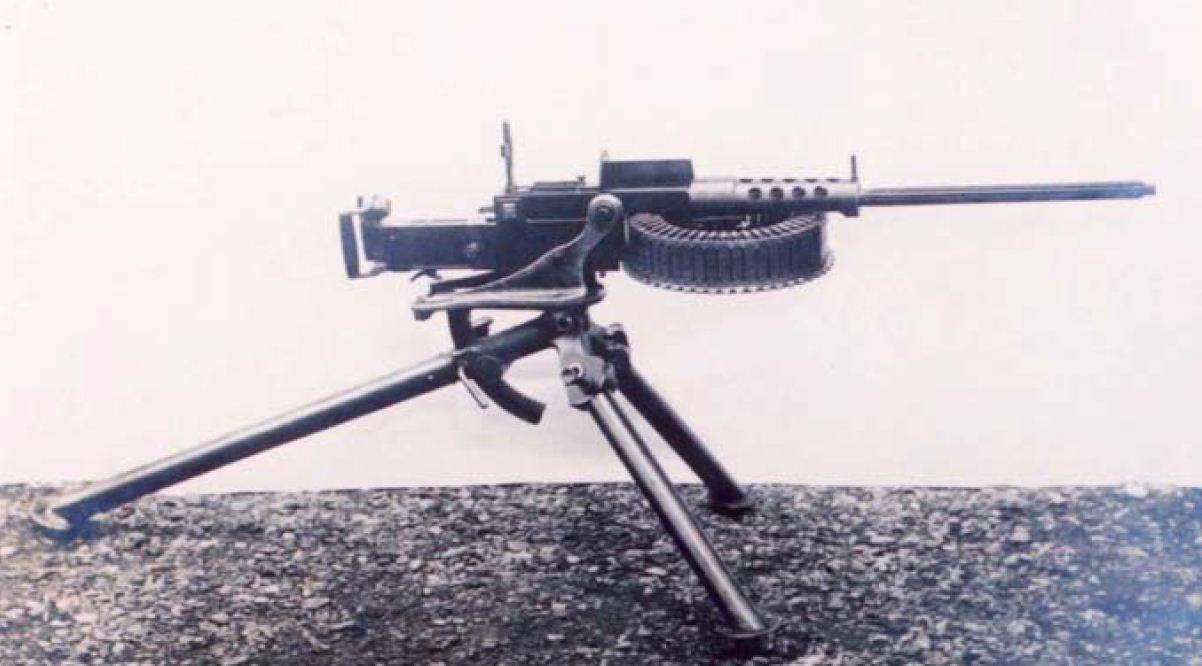The Beretta Model 38A was an outstanding SMG at the beginning of World War Two, loaded with features and very easy to shoot. However, it was expensive and complex to produce, and pressures of war forced Beretta to progressively simplify its construction. This happened incrementally, but the most obvious set of changes was the adoption of the Model 38/42 pattern. This involved shortening the stock and removing the magazine cover and the barrel shroud. A series of different barrel and bolt assemblies were used, with self-contained springs and fluted barrels at first and smooth barrels with non-captive springs later (as seen on this example).
It should be noted that while the designation 38/43 is sometimes seen referring to this smooth-barrel type, I believe that is not an appropriate name. There is an official 38/43 model; a folding-stock paratrooper pattern (which is exceedingly rare). While it is tempting to assign a specific name to each change in the design, that does not appear to have happened officially with Beretta and these guns.



How did the 5 evolve into the modern 12?
It didn’t; the Model 4 (aka 38/49) was Marengoni’s last design for Beretta before he stood down as chief designer in 1956.
Domenico Salza took over from Marengoni and designed the Model 5 as the last improvement of the MAB 38 series. After that, Salza developed a series of experimental SMGs, models 6, 7, 8, 9, and 11. These guns had nothing to do with the MAB 38, and were all instead derived from the Armaguerra OG 44, a wartime prototype by Giovanni Oliani, and used an “overhung” L-shaped bolt which sat over the barrel. They weren’t successful but did influence the Franchi LF-57 and Walther MPL/MPK.
Salza did not come up with the design for the PM 12 until 1957 which originated with his Model 10 and 12 prototypes. It proved to be far more successful than Salza’s earlier Armaguerra derivatives and was selected for serial production over those guns. Salza left Beretta in 1962.
Thank you for the detailed explanation.
Perhaps someone might refresh my memory…Or, perhaps, I should go find the Moschetto 1938 9mm episodes… Ian mentions at the end that it ejects up and a bit over to the left, but why was this so? Why did Marengoni design that feature or attribute of the SMG?
Predominantly because Marengoni based the MAB 38 on captured examples of the Bergmann MP 35/I from the Ethiopian War. Many aspects of the MAB 38 were influenced from the MP 35/I, including the left-handed ejection window.